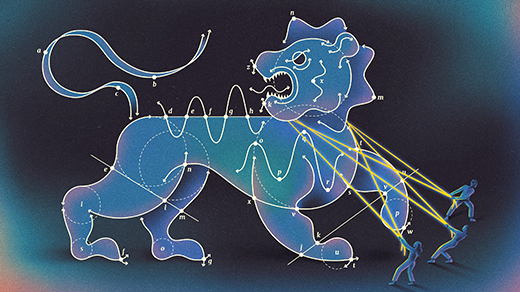In August, a team of mathematicians posted a paper claiming to solve a major problem in algebraic geometry — using entirely alien techniques. It instantly captivated the field, stoking excitement in some mathematicians and skepticism in others. The result deals with polynomial equations, which combine variables raised to powers (like y = x or x2 − 3xy = z2). These equations are some of the…


